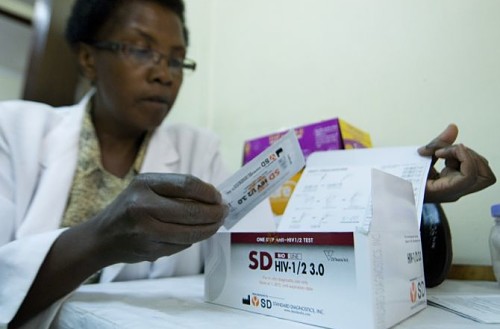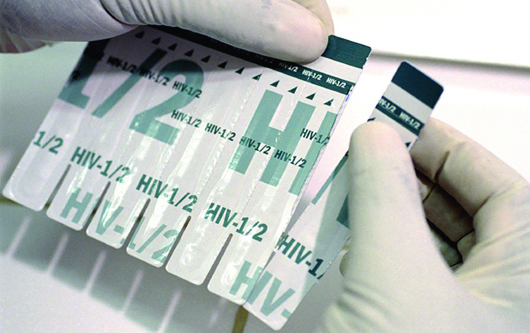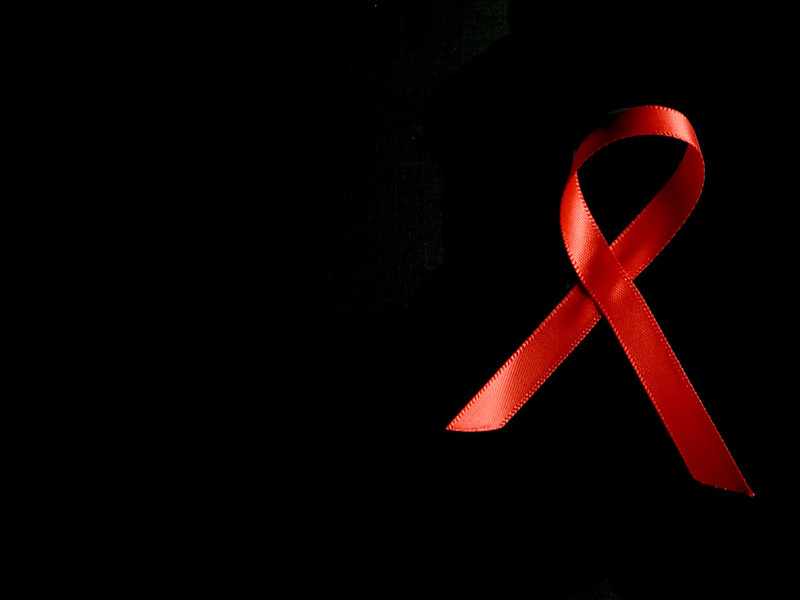 The ongoing war in Ukraine has contributed greatly to poverty both inside and outside of the country. One contributor is the huge interruption the war enforced on HIV and AIDS diagnosis and treatment in the country. Due to the safety risk, 30 medical institutions that provided these services had to close their doors, putting the lives of patients at great risk by restricting their treatment. However, organizations like the Global Fund and the UNAIDS program have provided emergency HIV/AIDS treatment in Ukraine that has served to combat this, thus softening the effect of the war on those living with HIV/AIDS.
The ongoing war in Ukraine has contributed greatly to poverty both inside and outside of the country. One contributor is the huge interruption the war enforced on HIV and AIDS diagnosis and treatment in the country. Due to the safety risk, 30 medical institutions that provided these services had to close their doors, putting the lives of patients at great risk by restricting their treatment. However, organizations like the Global Fund and the UNAIDS program have provided emergency HIV/AIDS treatment in Ukraine that has served to combat this, thus softening the effect of the war on those living with HIV/AIDS.
HIV/AIDS in Ukraine Before the War
The prevalence rate of HIV/AIDS in Ukraine comes to 0.9%, higher than the world average of 0.7% and one of the highest infection rates in Europe. However, the country looked like it was turning a corner, as in the early 2010s, rates of infection started to decline. This was caused by higher investments in antiretroviral treatment and more support for opioid drug users, who were at higher risk of contracting the disease.
The Effect of the War
After the conflict began in 2014, according to the country director of the UNAIDS program Jacek Tymszko, “HIV totally disappeared from the agenda.” It made providing these vital services much more difficult. More than 30% of people living with HIV/AIDS have experienced an interruption in their treatment since the war began, according to UNAIDS. Equally, many faced displacement as a result of the war and therefore struggled to access these services simply because they no longer had a permanent home.
Emergency HIV/AIDS Treatment
However, due to the help of organizations and programs that focus on providing emergency HIV/AIDS treatment in Ukraine, many HIV/AIDS patients have been able to continue living as normal. In March 2022, the Global Fund provided over $15 million of emergency funding to Ukraine to maintain HIV and TB testing and treatment services and an additional $10.3 million donation in February. These provisions have contributed to retrofitting vans to deliver medicines to patients, community-led organizations that link patients to HIV and TB services and mental health services specifically for those with the disease.
The U.N. has also contributed to providing emergency HIV/AIDS treatment to Ukraine through the Joint United Nationals Programme on HIV/AIDS (UNAIDS). It released an initial $200,000 in emergency funding in February 2023 to support the seven cities facing significant HIV epidemics. This provided first-aid training and kits to community-based organizations aiming to sustain HIV services, direct humanitarian assistance to those living with HIV with food certificates and STI testing kits and providing shelters for displaced people.
Results of Support
Due to the support of organizations such as the Global Fund and UNAIDS, there has been a reduction in the impact of the war on those living with HIV/AIDS. However, there are still those living with HIV/AIDS that are suffering as a result of the war, highlighting the need for more effort. Prior to the war, the Word Bank estimated that 260,000 people were living with HIV in Ukraine. Since then, around 15,000 of these people have lost treatment due to displacement. There is still room for more support to help affected people access life-saving services and prevent the disease from spreading.
– Erin Latham
Photo: Flickr
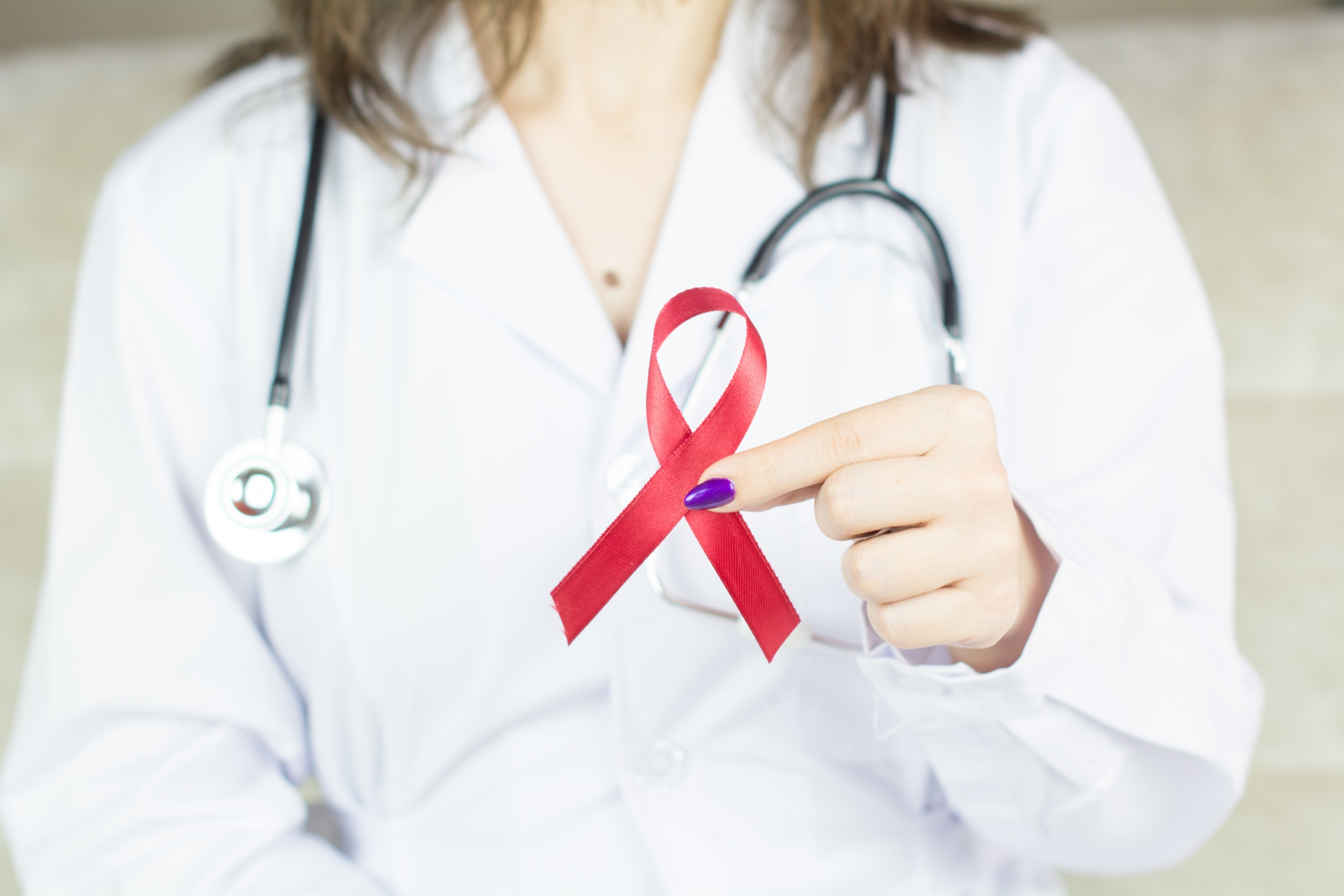 Since the 1980s, HIV/AIDS in Brazil has been a concern for some of the Latin American nation’s most vulnerable citizens. HIV/AIDS remains a significant global health challenge,
Since the 1980s, HIV/AIDS in Brazil has been a concern for some of the Latin American nation’s most vulnerable citizens. HIV/AIDS remains a significant global health challenge, 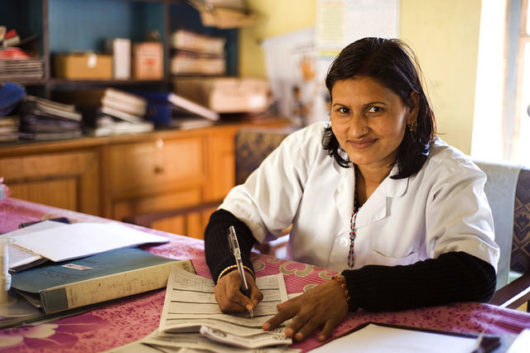
 Researchers from the University of Nevada Las Vegas have begun working on new research on HIV, human immunodeficiency virus, by finding ways to stop the virus from infecting human cells.
Researchers from the University of Nevada Las Vegas have begun working on new research on HIV, human immunodeficiency virus, by finding ways to stop the virus from infecting human cells.